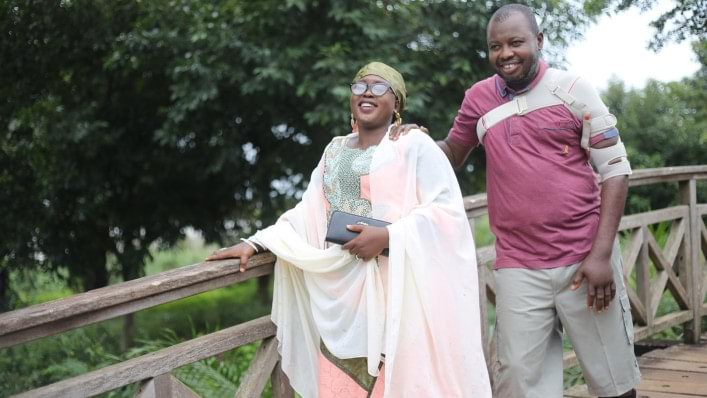Clinical pictures and symptoms
Injuries to ligaments, joints or bones, or the treatment of leg paresis or paralysis: The underlying clinical pictures are as varied as the complaints.
Obtain detailed information about various clinical pictures and symptoms, therapy options and diagnostic methods. Specific orthoses and supports are offered for each illness; they can help alleviate your complaints.

Stroke
With modern medical devices (orthoses, wheelchairs, functional electrical stimulation), there is a greater focus on rehabilitation that follows acute patient care.

Knee osteoarthritis
Knee osteoarthritis (gonarthrosis) often occurs in adults. The wear of the knee joint causes pain. Medications, physiotherapy and orthopaedic devices can improve mobility.

Polio/post-polio
The polio virus predominantly attacks the central nervous system. Paralysis occurs with 0.1% of all infections. Since the cause cannot be treated, physiotherapy and orthoses help improve mobility after the acute illness.

Ankle injuries
Sprains (distortions) and ligament injuries of the ankle are among the most frequent of all injuries – especially among athletes. Current studies show that early functional treatment with orthoses achieves better results than extended immobilisation

Back problems
Up to 70 % of women aged 30 to 60 suffer from back pain, as do up to 80 % of men. In many cases, an adequate combination of pain therapy, orthopaedic medical devices and physiotherapy treatment helps.

Knee complaints
The knee joint is the joint in the body which is subjected to the most strain. Therefore it is exposed to a considerable risk of injury or disease. Therapy depends on the cause of the knee complaints. A support or orthosis can stabilise and guide the joint, relieve strain and alleviate pain.

Multiple sclerosis
MS can cause many different neurological symptoms. When MS patients suffer from spasticity, medical devices such as orthoses can help alleviate complaints and maintain the greatest possible mobility.

Hip dysplasia
Hip dysplasia refers to the improper development or anomaly of the hip joint socket. A malposition may develop in addition (hip luxation or hip joint luxation). Especially in infants, this condition can be successfully treated with orthoses.

Infantile cerebral palsy
Cerebral palsy is a usually spastic disturbance of the nervous and muscular system that occurs in children. Multidisciplinary treatment is normally applied. Medical devices ranging from infants to adults are available to help with posture and positioning as well as improving balance and the ability to walk.